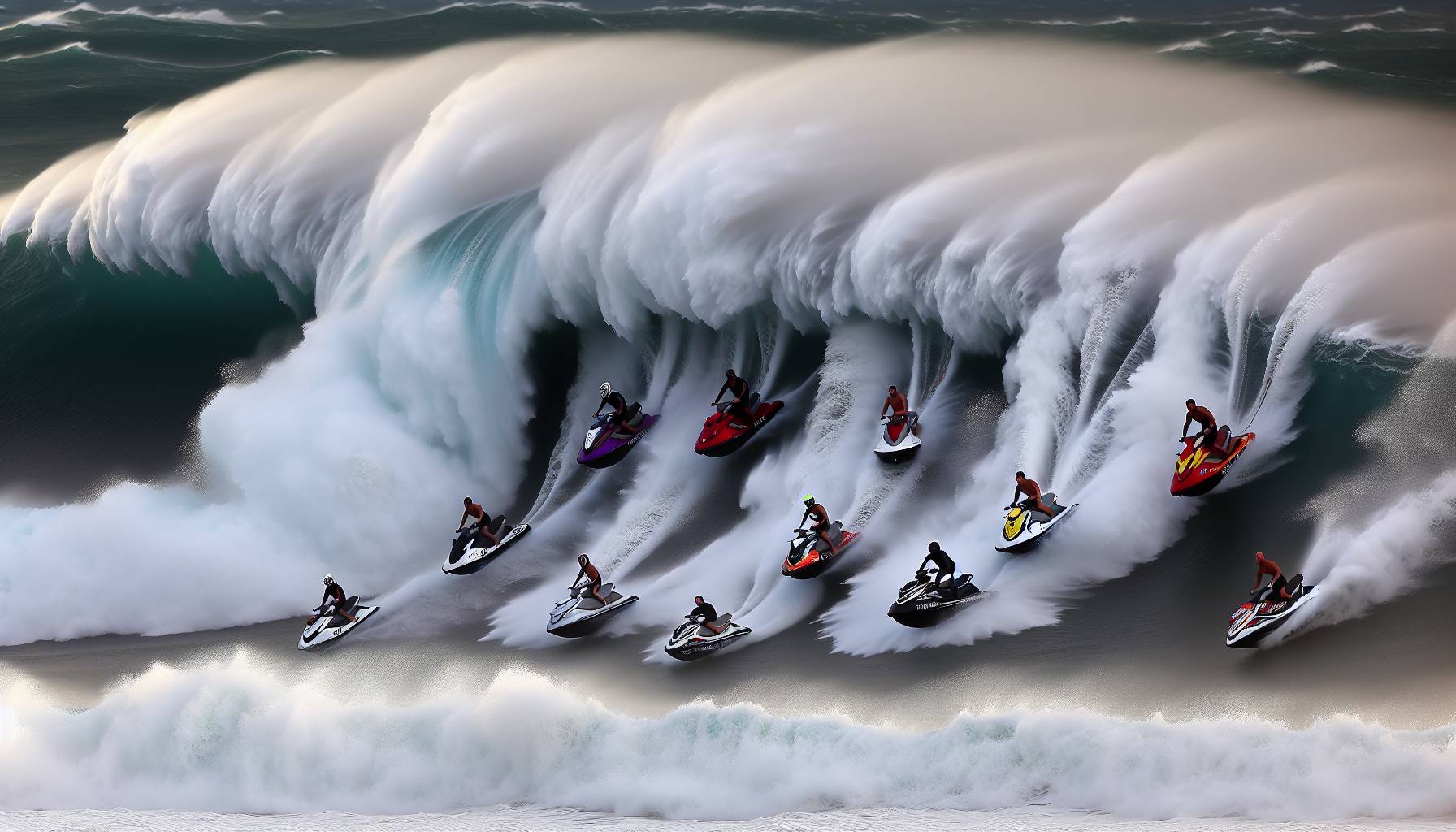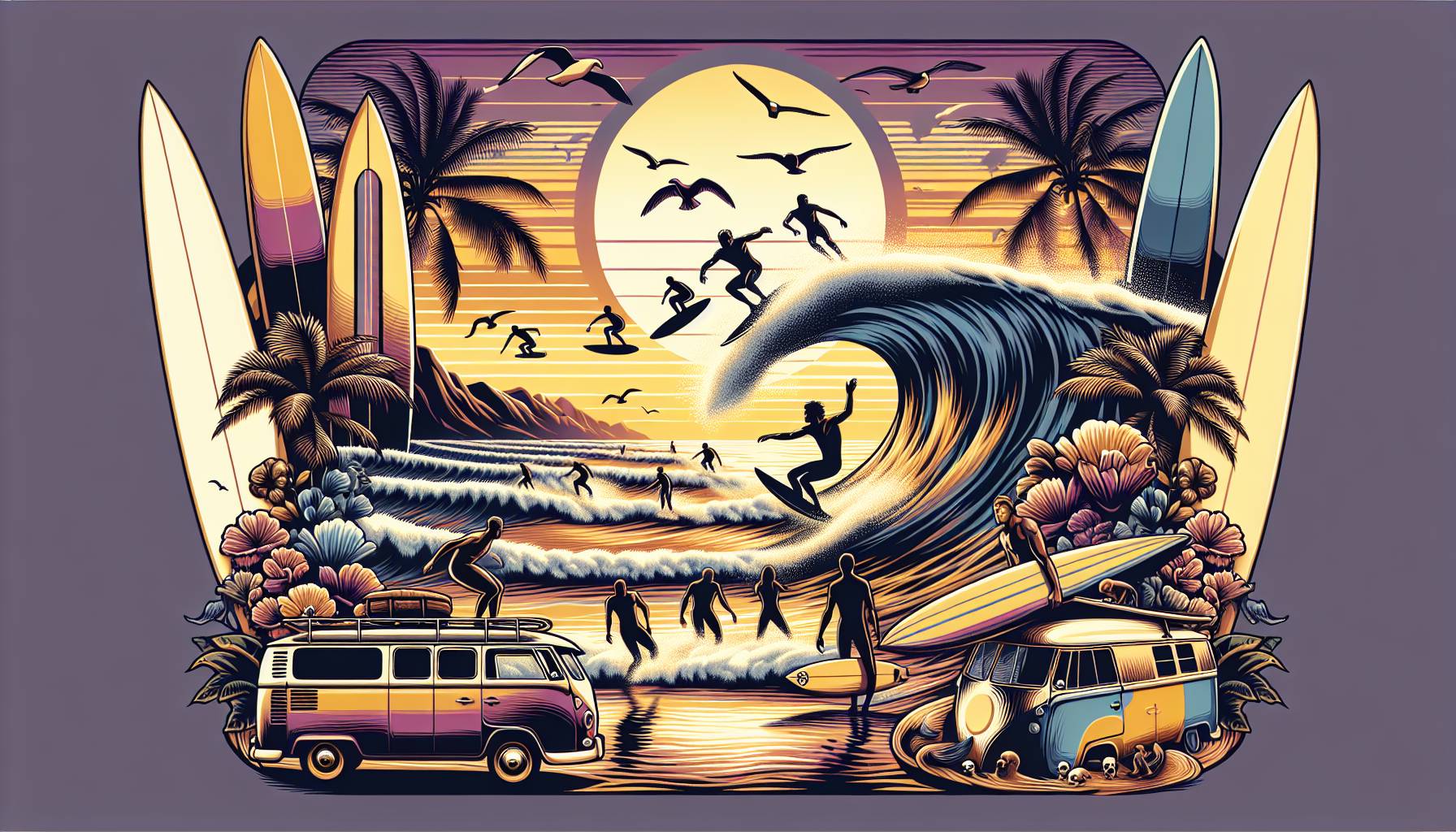
Enhancing biodiversity through conservation efforts
Australia’s coastal ecosystems are home to a diverse range of plant and animal species, many of which are essential to maintaining the health of marine environments. Conservation efforts play a crucial role in protecting these ecosystems, ensuring that future generations can continue to enjoy thriving coastlines and rich biodiversity.
One of the key strategies in enhancing biodiversity is the restoration of native vegetation along coastal dunes and wetlands. These habitats act as natural buffers, preventing erosion and providing shelter for wildlife. By replanting native species and removing invasive plants, conservation initiatives help restore the balance of these fragile ecosystems.
Marine conservation projects also focus on protecting critical habitats such as seagrass meadows and coral reefs. Seagrass beds, for example, serve as nurseries for many fish species and help improve water quality by stabilising sediments. Efforts to reduce pollution and prevent damage from human activities, such as anchoring and coastal development, are essential in preserving these underwater ecosystems.
“Healthy marine environments are vital for both biodiversity and the surfing community. Protecting these ecosystems ensures clean water, thriving marine life, and sustainable waves for future generations.”
Another important aspect of conservation is the protection of endangered species. Many marine animals, including sea turtles, shorebirds, and certain fish species, face threats from habitat destruction, climate change, and human interference. Conservation programs work to safeguard these species through habitat protection, breeding programs, and public awareness campaigns.
Surfers and ocean enthusiasts can contribute to biodiversity conservation by participating in local initiatives such as beach clean-ups, citizen science projects, and habitat restoration efforts. By taking an active role in protecting coastal environments, individuals can help ensure that Australia’s unique marine biodiversity continues to thrive.
Encouraging community engagement with nature
Connecting people with nature is a fundamental step in fostering a deeper appreciation for the environment and encouraging long-term conservation efforts. By engaging local communities in hands-on activities, this initiative aims to inspire individuals to develop a stronger bond with the natural world, particularly along Australia’s stunning coastlines.
One of the most effective ways to encourage community involvement is through organised events such as guided nature walks, beach clean-ups, and citizen science programs. These activities provide opportunities for people to learn about local ecosystems while actively contributing to their preservation. For example, citizen science projects allow volunteers to collect data on marine life, water quality, and coastal erosion, helping researchers monitor environmental changes over time.
Surfing communities play a crucial role in fostering environmental stewardship. Many surfers already have a deep connection to the ocean, making them natural advocates for conservation. Surf clubs and organisations often host educational workshops and sustainability initiatives, encouraging members to take an active role in protecting their local beaches and waterways. By integrating environmental awareness into surf culture, these efforts help create a lasting impact on both individuals and the broader community.
“When people feel connected to nature, they are more likely to protect it. Engaging communities in conservation efforts ensures that future generations can continue to enjoy Australia’s incredible coastal environments.”
Schools and youth programs also play a vital role in fostering a love for nature from an early age. Outdoor education initiatives, such as marine biology excursions and coastal restoration projects, provide young Australians with hands-on experiences that deepen their understanding of environmental issues. By instilling a sense of responsibility and appreciation for nature, these programs help cultivate the next generation of environmental advocates.
Encouraging community engagement with nature is not just about conservation—it’s also about enhancing well-being. Spending time outdoors has been shown to reduce stress, improve mental health, and promote physical activity. Whether it’s through surfing, hiking, or simply enjoying a walk along the beach, connecting with nature offers countless benefits for individuals and communities alike.
Sustainable practices for long-term impact
Ensuring the long-term health of Australia’s coastal ecosystems requires a commitment to sustainable practices that minimise human impact while supporting biodiversity. By adopting environmentally responsible behaviours, individuals and communities can help protect the natural beauty of the coastline and ensure that future generations can continue to enjoy its benefits.
One of the most effective ways to promote sustainability is through responsible waste management. Plastic pollution poses a significant threat to marine life, with discarded fishing gear, single-use plastics, and microplastics harming ocean ecosystems. Reducing plastic consumption, participating in beach clean-ups, and supporting initiatives that promote biodegradable alternatives are essential steps in mitigating this issue. Many surf brands and organisations are also embracing sustainability by using recycled materials in their products and advocating for plastic-free oceans.
Eco-friendly surf practices are another crucial aspect of sustainability. Traditional surfboard production often involves toxic resins and non-biodegradable materials, contributing to environmental degradation. However, many surfboard manufacturers are now exploring sustainable alternatives, such as eco-resins, recycled foam cores, and wooden boards. Choosing environmentally friendly surf gear and supporting brands that prioritise sustainability can significantly reduce the ecological footprint of the surfing community.
“Sustainability in surfing isn’t just about the boards we ride—it’s about how we interact with the ocean and the choices we make every day to protect it.”
Energy and water conservation also play a role in sustainable coastal living. Simple actions such as reducing water usage when rinsing off after a surf session, using reef-safe sunscreen to prevent chemical pollution, and opting for public transport or carpooling to the beach can collectively make a significant difference. Additionally, supporting renewable energy initiatives and advocating for policies that protect marine environments contribute to broader sustainability efforts.
Local businesses and tourism operators can also embrace sustainable practices by implementing eco-friendly policies. Surf schools, beachfront cafés, and accommodation providers can reduce their environmental impact by minimising waste, sourcing local and sustainable products, and educating visitors about responsible coastal behaviour. By fostering a culture of sustainability, these businesses help ensure that Australia’s coastal environments remain pristine and vibrant.
Ultimately, sustainable practices are about creating a balance between enjoying the ocean and preserving it for the future. Whether through individual actions, community initiatives, or industry-wide changes, adopting a sustainable mindset ensures that Australia’s coastlines continue to thrive as both natural habitats and cherished recreational spaces.
Enhancing biodiversity through conservation efforts
Mate, imagine paddling out for a dawn session and spotting a pod of dolphins cruising by, or casting a line and pulling in a healthy, thriving fish. That’s the dream, right? Well, keeping our ecosystems in top shape is what this initiative is all about—boosting biodiversity so our oceans, rivers, and bushland stay full of life.
Through hands-on conservation efforts, local legends are restoring habitats, planting native vegetation, and protecting fragile ecosystems. It’s not just about saving the cute and cuddly critters (though, let’s be honest, who doesn’t love a good wombat sighting?), but also making sure the whole food chain stays balanced—from the tiniest plankton to the big fish we love to chase.
One key focus is on rehabilitating coastal dunes and wetlands, which are absolute gold for marine life. These areas act as nurseries for fish, stabilise shorelines, and keep our favourite surf breaks from getting wrecked by erosion. Plus, healthier waters mean better fishing—no one wants to reel in a sickly-looking catch.
Another big push is tackling invasive species that are throwing the ecosystem out of whack. Whether it’s feral pests on land or aggressive marine invaders, getting rid of these troublemakers helps native species thrive. More native fish, birds, and plants mean a richer, more resilient environment for everyone—surfers, fishos, and weekend adventurers alike.
So, next time you’re out there chasing waves or dropping a line, take a moment to appreciate the work going into keeping these wild places alive. Because a thriving environment means more epic sessions, better fishing, and a whole lot more adventure to be had.
Inspiring communities to engage with nature
Alright, legends, it’s not just about looking after the land and sea—it’s about getting amongst it! This initiative is all about inspiring people to swap screen time for green time, reconnecting with nature in a way that makes you want to keep coming back for more.
Picture this: you’re hiking through the bush, spotting native wildlife, or paddling out at sunrise with nothing but the sound of the waves and a few curious seabirds overhead. That’s the kind of connection we’re talking about—real, raw, and refreshing. And the best part? The more time you spend in nature, the more you want to protect it.
Local communities are getting involved through beach clean-ups, tree-planting missions, and citizen science projects that let everyday legends contribute to conservation efforts. Whether it’s tracking fish populations, restoring coastal dunes, or just picking up a few bits of rubbish after a surf, every little bit helps keep our playgrounds pristine.
And let’s not forget the young groms—getting kids stoked on nature early means they grow up with a deep respect for the environment. Schools and community groups are running outdoor education programs, teaching the next generation about sustainable fishing, responsible camping, and how to read the ocean like a pro.
So, whether you’re a salty old sea dog or just starting to explore the great outdoors, there’s a way to get involved. Because at the end of the day, the more we connect with nature, the more we want to protect it—and that means better waves, healthier fish stocks, and more epic adventures for all of us.

